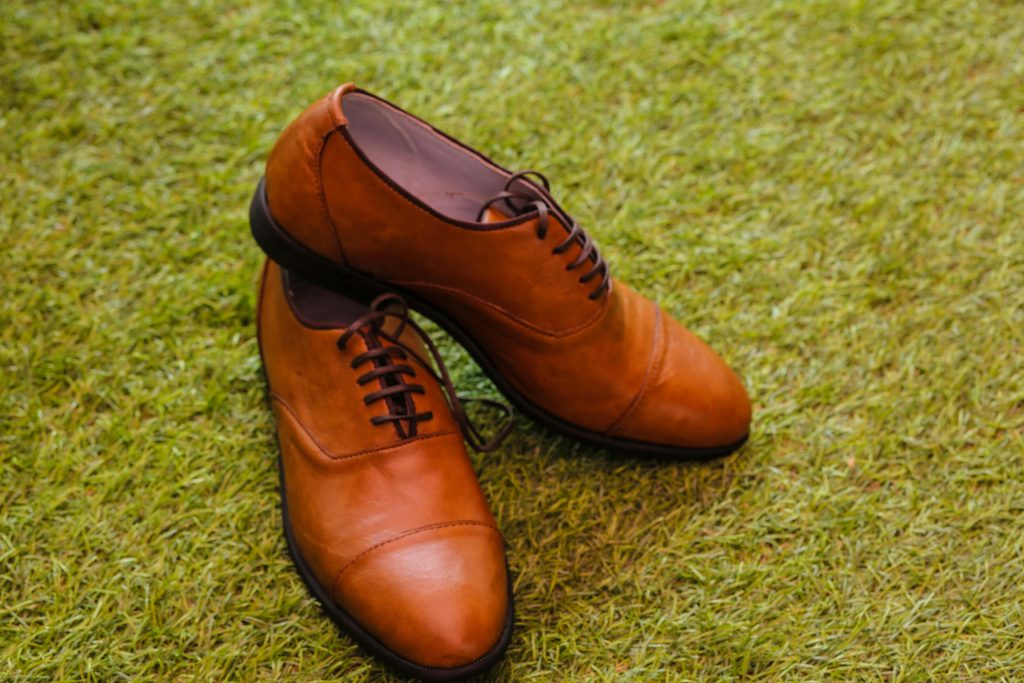Russian reindeer leather is the world’s finest leather. It is coveted for its rugged appearance, durability, and functionality.
Novgorod shoemakers created four principle types of shoes. A close connection between these artisans and the market was characteristic of this period. The shoes were symmetrical and wide in front, and they had narrow heels.
Traditional Russian footwear
Valenki (also known as volnushechki, vykhodki, pimy, or katanki) are hefty, wool-filled winter boots that are standard issue for Russian soldiers and street police. These rugged boots, whose name literally means “made by felting,” are a Russian legacy of the Mongol tribes and were once so expensive they covered the feet of the tsars and empresses.
Handmade valenki are incredibly durable, but also extremely time-consuming and labor intensive. Craftsmen roll and mold the felt to form a boot shape, then take it to a steam bath where it is repeatedly dipped in hot water to shrink it. The process takes hours, and a single pair of valenki can cost hundreds of dollars.
Despite their expensive price, the traditional boots have remained popular throughout Russia’s long history of winters. For the past two decades, however, they have been losing popularity as people opt for lighter and more waterproof footwear.
Even so, many young Russians are rekindling their love of the old-fashioned shoes. Moscow-based twins Olga and Galina Shantseva, for example, design birchbark shoes that are painted with Soviet-era paintings, making them popular with young artists. In addition, a Russian-made brand of valenki is gaining traction abroad. It remains to be seen whether the boots will gain a wider following, but they are certainly enjoying a fashion resurgence in Russia.
Ancient Russian leather shoes
Detailed study of archaeological, ethnographic and written evidence allows to reconstruct development of footwear forms in ancient Rus’. The large quantity of leather giay tay nam obtained during excavations of various periods of Novgorod life indicates that different categories of shoemakers were engaged in making footwear for artisanal classes (craftsmen, boysars and princes) as well as for the nobility.
Lapti – soft shoes made of thin tree bark, often birch – were worn by ordinary people in the countryside. They were fastened with rawhide laces passed through side slits of the sole and wound around the feet. They were also worn over the stockings (nogavits, hose) and windings [obmotok].
The oldest Russian boots are made of reindeer hide, with their distinctive pattern of hatch grain, embossed by hand. Today, the best Russian reindeer leather is tanned with a machine, so it is very hard-wearing and durable. It is often compared to the finest horsehide, but unlike the latter it is not stiff, which makes it suitable for shoemaking.
The first felt boots were called valenki, a name that derives from the method of making them. Felt was compressed with the help of a special tool called “valenka”. It is a wooden block with a flat bottom and several holes on which the wool is rolled. The process is called “valyat” in Russia, meaning rolling. After a certain time felt boots were made from other materials as well. They could be stuffed with hay or animal hair for additional insulation and strength, and the heel quarter was stiffened by adding layers of lining made from stiff leather or birch bark.

Medieval Russian shoe designs
The medieval Russian leather shoe design was based on the birchbark shoes of peasants. They were worn over stockings, or nogavits, and windings [obmotok]. The shoe’s fastening was accomplished by means of long strings, obory, passed through the sides of the lapti and wound around them. In addition, the footwear had a sole made of larch or fir bark. This footwear was very comfortable for walking, and it was very durable.
The artisan who worked on the shoe had to be extremely skilled in order to make a high-quality product. It is not surprising that so many fragments of this kind of shoe were found in archeological layers from the 10th-13th centuries.
According to the First Novgorod Chronicle, at that time there were already separate groups of leatherworkers and shoemakers. This can be confirmed by the fact that a person could only be a shoemaker if he had a workshop where he was sewing footwear.
One of the most popular types of Russian leather shoes were bakhily (also known as bredni, brodni, butyli, lovchagi and ostashi) – men’s working and hunting boots made of soft leather. These were jackboots with high tops reaching the knees or thighs. These boots were very sturdy, and people wore them in the forest for long periods of time. The footwear was also used by hunters and fishers.
Soviet-era Russian footwear
The Soviet era saw the decline of traditional Russian shoe craftsmanship as the new generation of craftsmen preferred modern footwear from Western countries. This was due to a combination of factors, including the lack of interest in handmade products among the youth, the increased availability of factory-made shoes, and a change in taste.
During this period, the footwear of choice was galoshes. These boots were made from felt and were worn over other footwear for protection against snow and ice, as well as to keep the wearer’s feet warm. They were sewed together with either blind or hidden stitches, using leather pieces laid face to face and abutting each other.
Footwear crafted from bast (birch bark) was also common, especially in the Kazan Khanate (1438-1552), which had inherited Volga Bulgaria’s culture, traditions and crafts after Mongol conquest. These were similar to regular boots, but had shorter bootlegs and did not have a lining. The shoes were fastened with long strings, obory, which passed through the sides of the lapti and wound around the legs.
In the 14th century, Novgorod’s leatherworkers specialized in footwear with short, straight-sided bootlegs. These were called golenishcha, or golenicha, and their heights were 17-22 cm. Archeological excavations of this period’s layers have revealed iron adzes [3] used to clear the leather of flesh and subcutaneous tissue.


